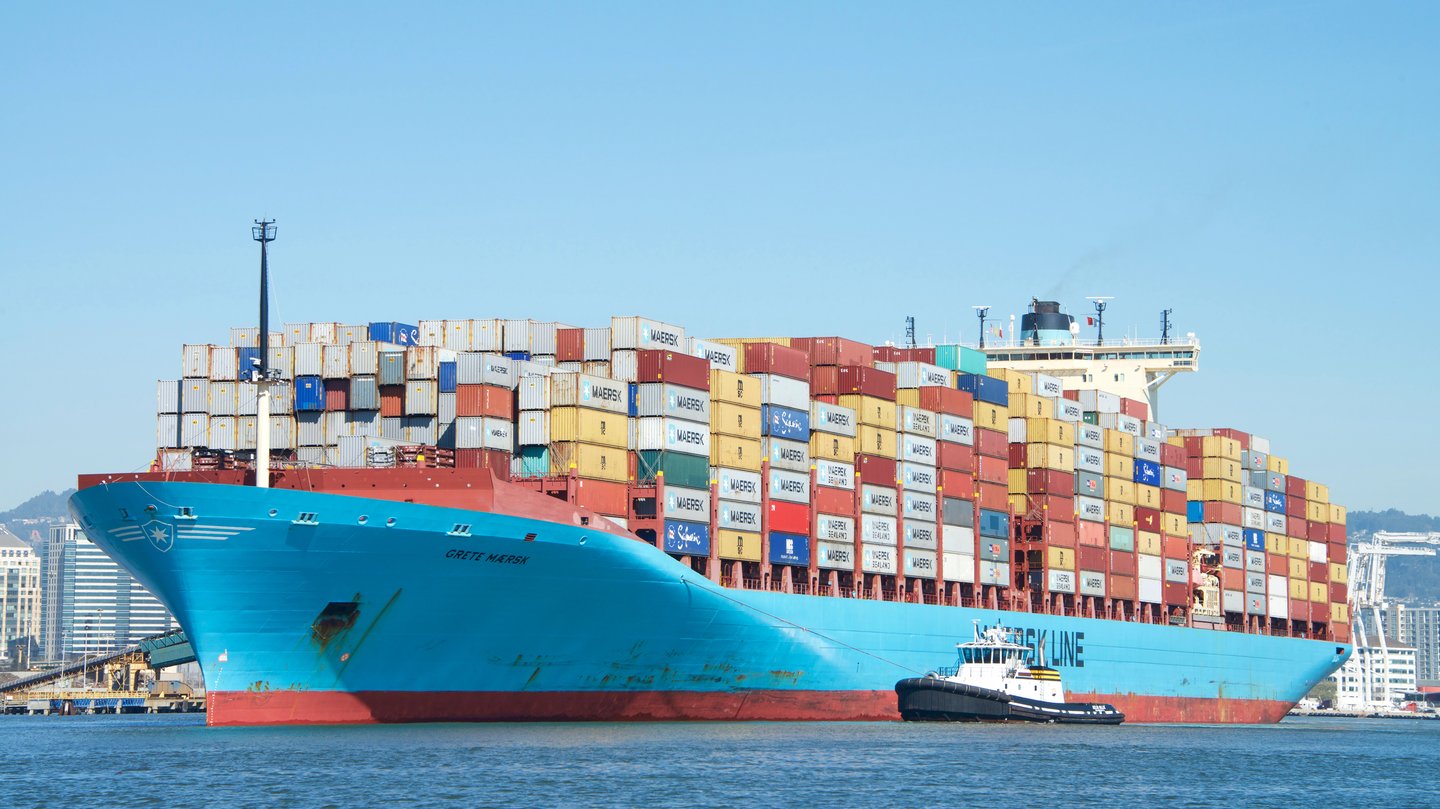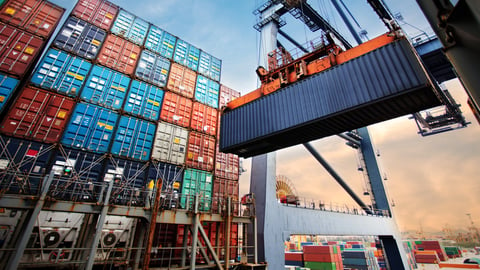Imports Expected To Drop As Tariffs Take Effect
(Editor's note: the information on imports was provided by the NRF before President Trump on April 9 put a 90-day pause on many tariffs.)
Import levels in the U.S. could drop 20% or more in the coming month, a new report from the National Retail Federation and Hackett Associates said, citing the spate of new tariffs implemented by the Trump Administration as the culprit.
“Retailers have been bringing merchandise into the country for months in attempts to mitigate against rising tariffs, but that opportunity has come to an end with the imposition of the ‘reciprocal’ tariffs,” said Jonathan Gold, vice president of Supply Chain and Customs Policy with the NRF. “At this point, retailers are expected to pull back and rely on built-up inventories, at least long enough to see what will happen next.”
Following tariffs on China, Canada, and Mexico announced earlier this year, President Donald Trump last week set a minimum tariff of 10% on all U.S. trading partners and “reciprocal” tariffs as high as 50% on dozens of nations. China has since announced tariffs on U.S. goods, prompting Trump to announce additional tariffs on China, bringing the base rate to 104% just for the national emergency tariffs. The rate goes even higher when the base tariff rate and earlier Section 301 tariffs are added in.
As a result, imports during the second half of 2025 are now expected to be down at least 20% year over year. Even balanced against elevated levels earlier this year, that could bring the total 2025 cargo volume to a net decline of 15% or more unless the situation changes.
“In this environment of complete uncertainty, our forecast for import cargo will be subject to significant adjustments over the coming months,” said Ben Hackett, founder of Hackett Associates. “At present, we expect to see imports begin to decline by May and that they will drop dramatically during the remainder of the year.”
U.S. ports covered by Global Port Tracker handled 2.06 million Twenty-Foot Equivalent Units – one 20-foot container or its equivalent – in February, although the Ports of New York and New Jersey have yet to report final data. That was down 7.5% from January but up 5.2% year-over-year. It was the busiest February in three years, even though the month is traditionally the slowest of the year because of Lunar New Year factory shutdowns in China.
Ports have not yet reported March’s numbers, but Global Port Tracker projected the month at 2.14 million TEU, up 11.1% year-over-year. April, which includes cargo shipped before the new tariffs were announced, is forecast at 2.08 million TEU, up 3.1% year-over-year.
But May is expected to end 19 consecutive months of year-over-year growth, dropping sharply to 1.66 million TEU, down 20.5% from the same time last year. June is forecast at 1.57 million TEU, the lowest volume since February 2023 and a 26.6% drop year-over-year. July is forecast at 1.69 million TEU, down 27% year-over-year, and August at 1.7 million TEU, down 26.8%.
The current forecast would bring the first half of 2025 to 11.73 million TEU, down 2.9% year-over-year, rather than the total of 12.78 million TEU, up 5.7% year-over-year, that was forecast before the tariffs announcement.




